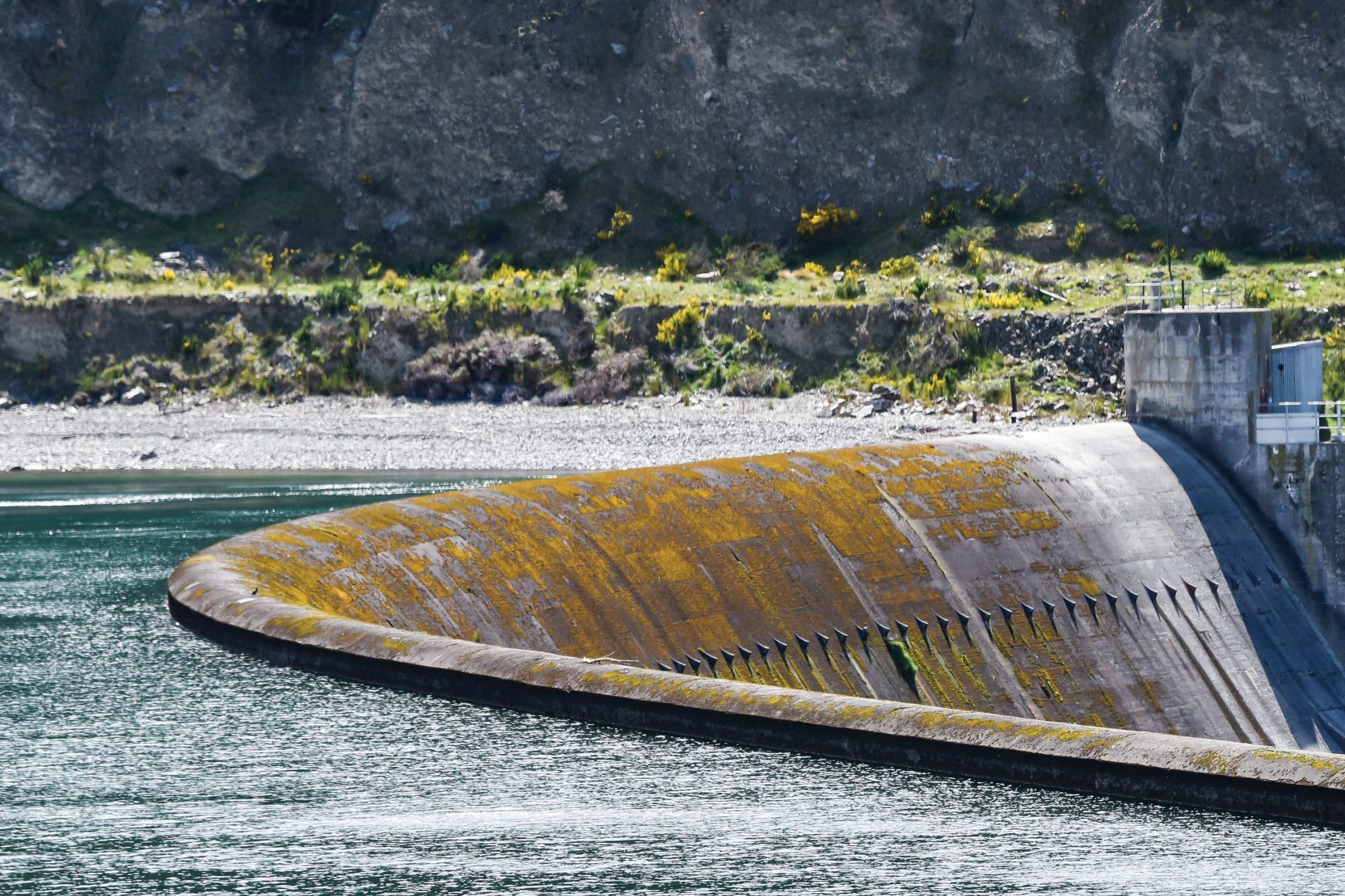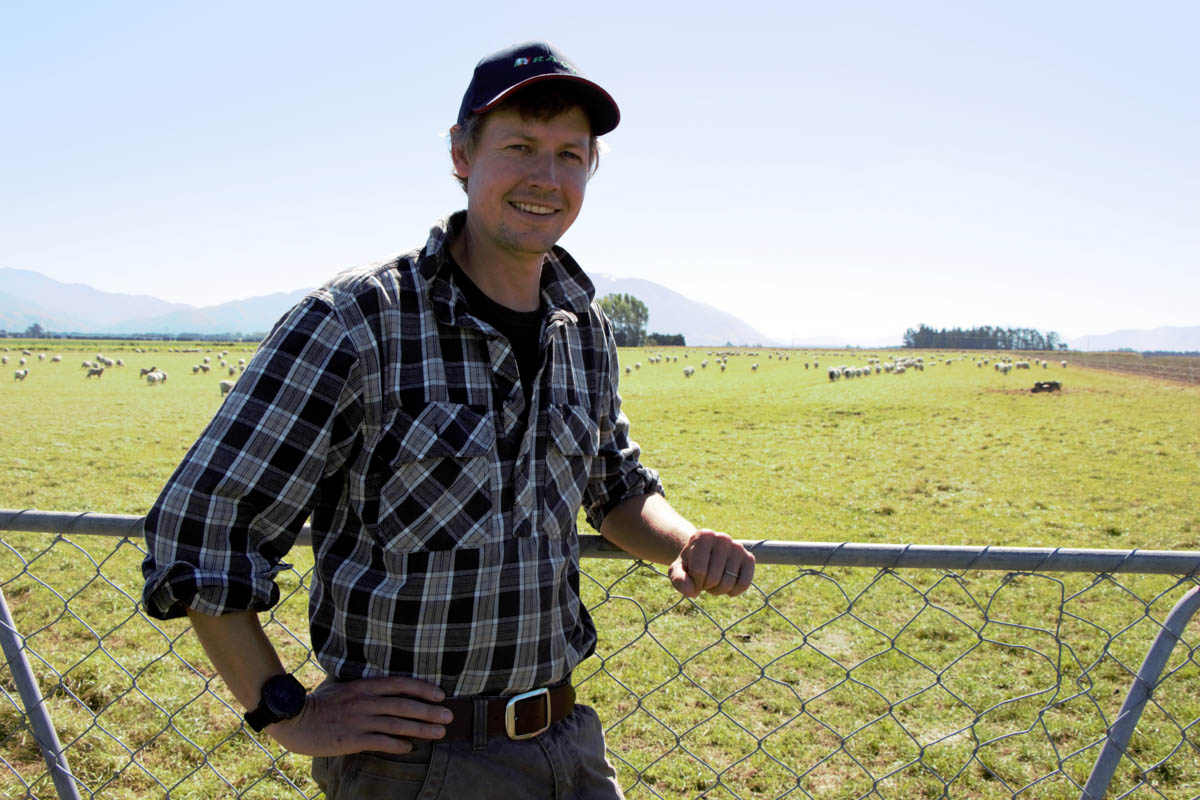Upgrade stops 45% water loss
Pipes replacing an open canal have transformed water supply to a Waitaki Valley irrigation scheme. Story: Terry Brosnahan. Photos: Chris Sullivan.

Pipes replacing an open canal have transformed water supply to a Waitaki Valley irrigation scheme. Story: Terry Brosnahan. Photos: Chris Sullivan.
A 56-year-old North Otago irrigation scheme has become so efficient it has more than doubled the area which can be irrigated and has water on tap.
The Kurow-Duntroon Irrigation Company (KDIC) spent $45 million on changing from an open canal to a pipe scheme. This has stopped up to 45% water loss before it makes it to the paddocks. It has enabled an extra 3500ha to be watered and given users surety of supply.
At this time of the year irrigators in the Waitaki Valley would be flat out irrigating even if soil moisture was fine.
Farmers were on a rostered rotation and would irrigate just in case it became dry and the water allocation was not available.
Now the water is available all the time.
The water comes out of Lake Waitaki and is piped to Duntroon with an outlet at each farm.
Geoff Keeling is one of the dairy and red meat farmers using the community scheme.

Keeling has a lower order sharemilker milking 1550 cows and has eight centre-pivots. When Country-Wide visited in early November there was just one running. Normally all would be running.
He said farmers can now be more proactive in not irrigating because they know the water is always there when required.
“It is now just in time whereas it used to be just in case.”
The KDIC director and former chairman said after 20 years of mucking around with rostered water and making sure the water allocation was used, he doesn’t have to worry about access to water.
The Keelings’ farm was at the end of the scheme so if anyone upstream went outside their allocated time they suffered.
The original scheme was built to deliver less water further down the scheme. Often in peak demand there would be times when users did not receive their full allocation.
Back in 2014 Environment Canterbury granted the KDIC a 35-year consent to take 26 million cubic metres/a year but the efficiency of the scheme had to be improved within five years.
The company decided to upgrade and expand the scheme.
Money to pay for the work was raised by selling more shares and existing shareholders contributed significant capital.
KDIC decided to invest heavily and improve the scheme by using the latest technology.
Monadelphous Engineering NZ were contracted to build the scheme and work started in 2019.
Keeling said there was some difficulty getting the small block users on board but many knew the rules and regulations were coming for water users.
“Doing nothing wasn’t an option.”
Shareholders are charged a ‘per share’ price payable on a monthly basis, of $600/share/year.
They also pay fixed monthly charges that cover the cost of running the scheme and financing any debt – regardless of whether they use all their water.
Any shareholder who receives water that has gone through a pump station pays their proportion of the electricity used for that month – on a water used basis.
He said with the rebuild of the scheme the fixed charges are triple what they were previously.
Keeling said an electricity component was considered briefly, however the scheme has minimal fall and any generation would have cost more than it delivered in benefits. A larger siphon and pipe was needed along with an improved rotary fish screen.
Chairman Jock Webster said there was an agreement in place for KDIC to obtain more water by buying shares in the Mackenzie Irrigation Company.
“We are so lucky the water in the Waitaki is 100% reliable all year round.”
After the scheme was built later that year complaints arose. Part of the pipeline was above the ground and blocked the view of the Waitaki river. It was next to SH83 and a bike trail.
The Waitaki District Council issued an abatement notice. KDIC claimed it wasn’t done correctly and Monadelphous hired a company to put the pipes underground.
Webster said the cost of the remedial work was in negotiation.
Efficiency is also happening behind the farmgate. Farmers are using improved technology and practices to grow more with less water.
Farmers have gone from wild flooding to border-dyke which changed to k-line and centre-pivots. Now fixed grid irrigation is used, ground sprinklers on posts in a grid pattern.
Keeling said efficiency comes with a price which the users bear.
“It costs a lot of money to be efficient.”
In other irrigation areas less border-dyking and irrigating had lowered well water levels.
Anecdotally he heard there had been, but so far in the first year of the piped scheme operating about 300mm rain had fallen. There had also been minimal levels of winter snowpack in the tributaries.
There are larger pipe schemes but they were built from scratch.
He said KDIC was the first of the government-built schemes of the 1960s and ’70s that went through consent renewal and had to effectively undertake a complete rebuild.
The Ministry of Works built the scheme in 1965 to water 1600ha. A pump and an extra 400ha were added in 1971.
The government sold it in 1989 for $1 to the community’s Upper Waitaki Irrigation Company which changed its name to KDIC in 2015.
The upgrade of the scheme has extended the scheme’s life which initially was for 80 years.
Webster said when the scheme was first built there was no consideration for farm plans and environmental regulations like today. It is quite a challenge for irrigators to adapt to changes but they do to meet consent.
The efficiency of the improved scheme was good for farmers and the environment.




